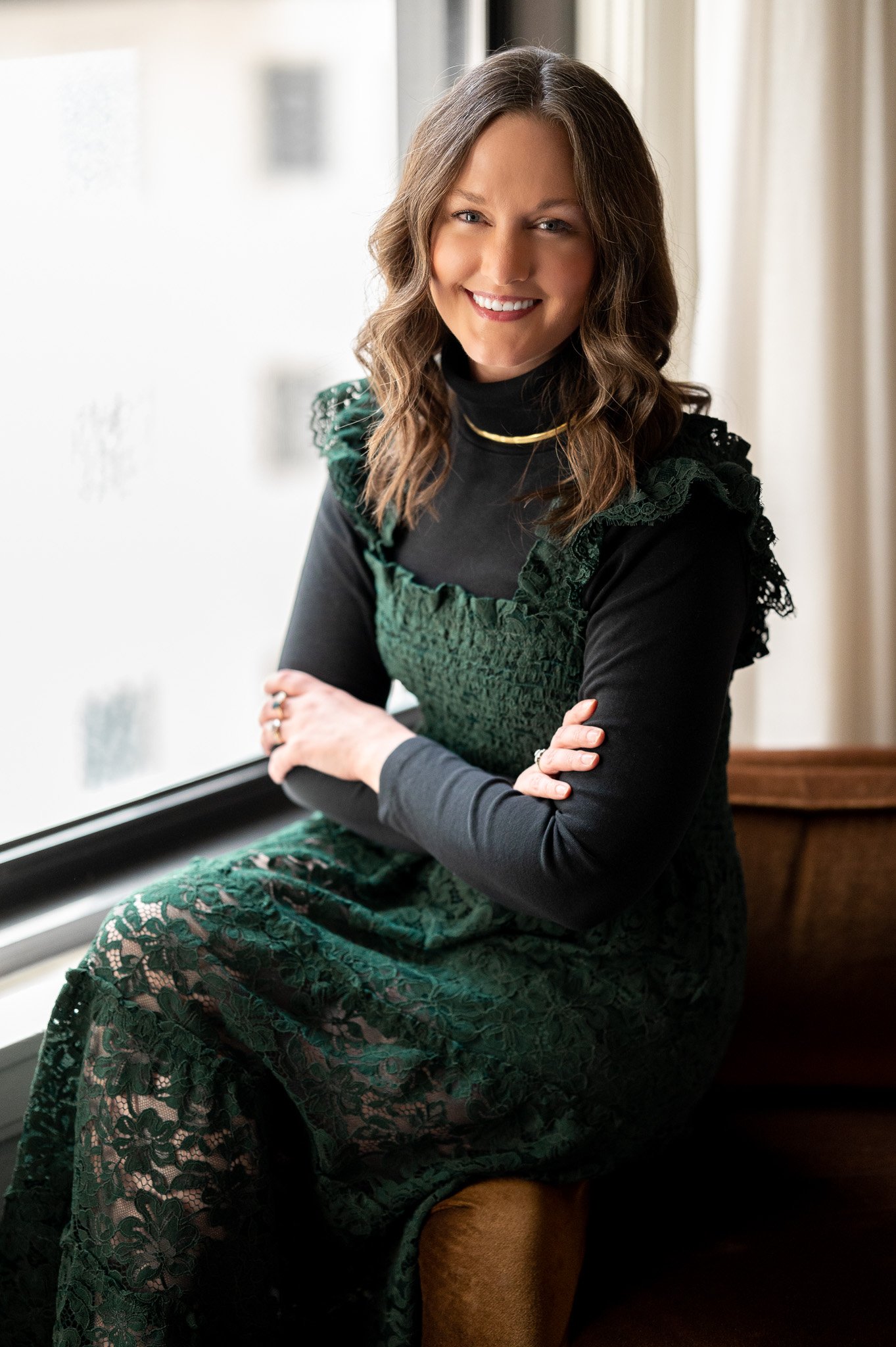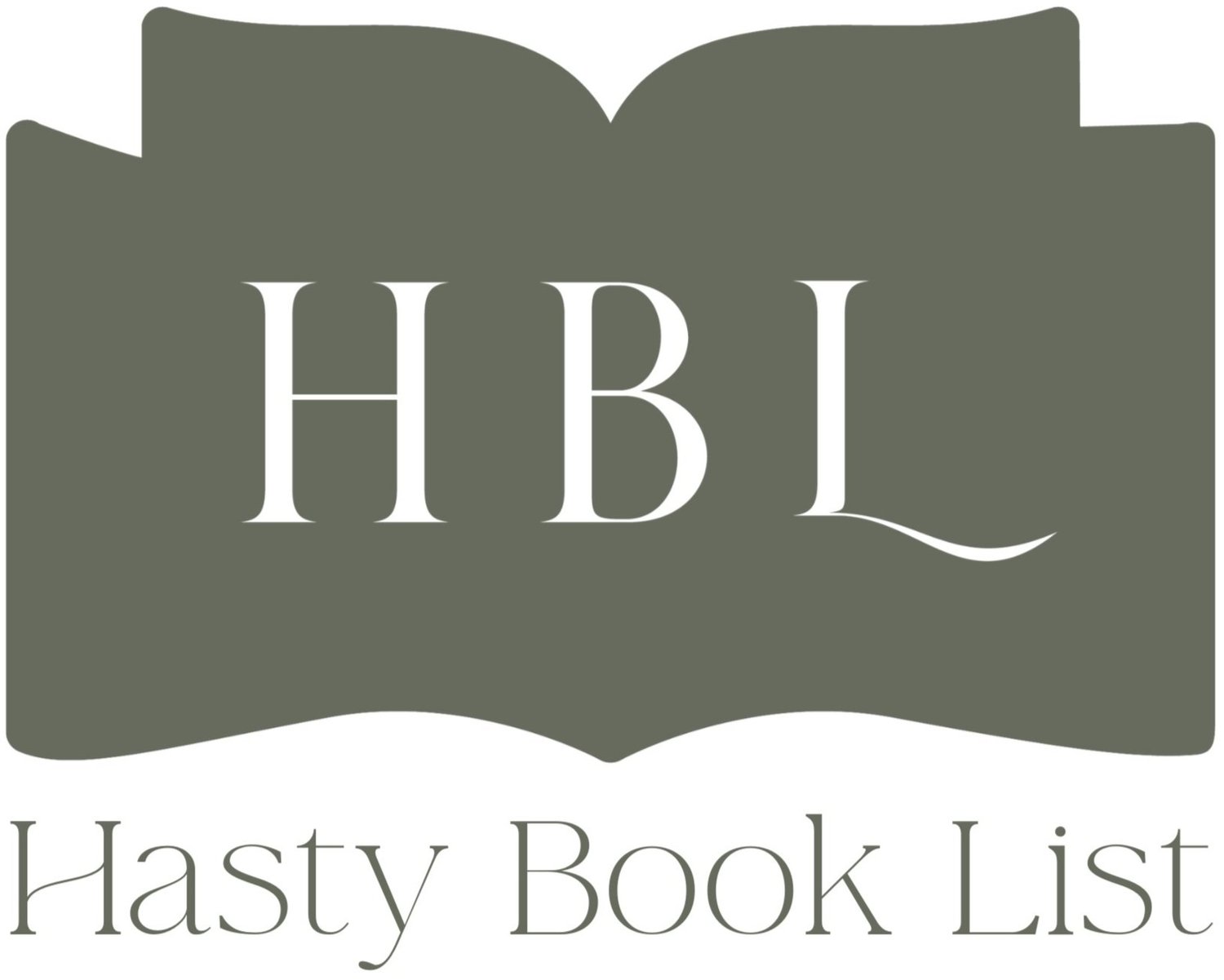Rainy Day | 1906 | Frank Weston Benson
On display at the Art Institute of Chicago American Art
Gallery 178
I can't think of a better rainy day activity than curling up in front of a fireplace and reading a good book. And its been raining A LOT in Chicago lately - I guess it is April, a month known for its showers. I'm so glad its almost May so we can enjoy those beautiful flowers.
“In this interior scene of the artist’s summer residence in Maine, Frank Weston Benson depicted his daughter Elisabeth curled up in a rattan chair near a large fireplace. A key figure of American Impressionism, Benson is best known for his outdoor figural compositions—often featuring his wife or children—in sun-filled, breezy landscapes. Rainy Day, in contrast, is a study of the subtler effects of interior light, with flat, overcast lighting filtering in from the left and embers glowing at far right. In the late 19th century, painters including Benson, Edmund Tarbell, and Thomas Wilmer Dewing composed scenes of women in interiors in a contemplative state or engaged in activities like sewing and reading, suggesting links between domesticity, femininity, and cultural refinement.”
So what might Elisabeth be reading? Well Peter Pan in Kensington Gardens by J. M. Barrie was published in 1906, the same year this painting was completed. So perhaps Elisabeth was really culturally refined and reading the latest and greatest novels of the time.
“Peter Pan in Kensington Gardens is one of the four works of J. M. Barrie that features his beloved Peter Pan the child that refused to grow up. Like all infants Peter used to be part bird but still has complete faith in his flying ability. Upon hearing discussion of his adult life he escapes out the open window of his London home. Arriving back in Kensington Gardens he makes friends with the fairies playing the panpipes so that they can dance.”
I also want to talk about what Elisabeth might be wearing and the popular fashions of the early 1900s. I found this beautiful dress at the Met Museum. This dress likely would have been worn to an afternoon gathering and it seems Elisabeth was more likely to stay in - thus she would have worn a more casual version of this early 1900s dress. In comparison to the previous century, the Belle Epoch (the beautiful era) was more simple and practical. It still had fussy details such as the lace trim on the sleeves and down the bodice, but the unnatural lines were being abandoned in favor of a more natural silhouette.
“This is an elegant afternoon dress that would be suitable for afternoon events, such as the races and other promenade activities. The dress is an excellent example of Doucet’s penchant for lingerie-like garments, which is represented by the delicate ruffles and rose printed chiffon. The color combination of blues accented with turquoise is a favorite of the designer.”
A fashionable woman of this time period would have made a twice annual pilgrimage to Paris to choose their wardrobe for the upcoming season. Many of these women would have a vendeuse, or a saleswoman in the fashion industry, that would assist in your selection of your wardrobe. Some of the noteworthy designers of this time included Poiret, Worth, Callot Soeurs, Jeanne Paquin, and Madeleine Chéruit.







